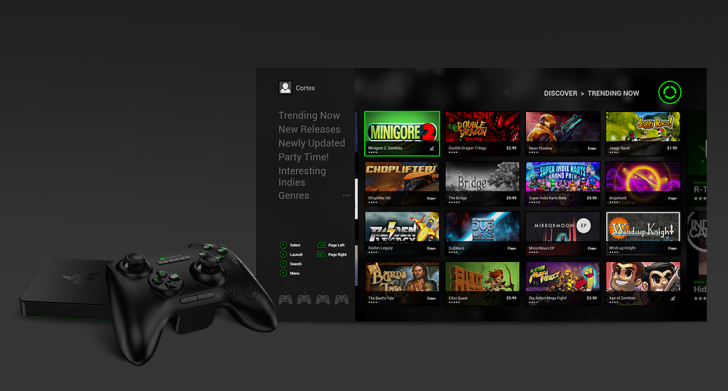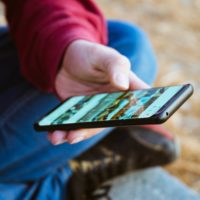Earlier this week, we detailed all the changes you can look forward to for Android 2.2. Now we’re going to take a look at some of the changes on the backend for developers. Â These changes fall into three general categories, developer services, platform technologies, and developers APIs.
Developer Services
Android Cloud to Device Messaging: Apps can utilize Android Cloud to Device Messaging to enable mobile alert, send to phone, and two-way push sync functionality. This will also effect users, as Google has talked about adding features like music sync between phone and computer, and pushing app downloads purchase on a computer to a phone.
Android Application Error Reports: New bug reporting feature for Android Market apps enables developers to receive crash and freeze reports from their users. The reports will be available when they log into their publisher account.
Platform Technologies
Media framework: New media framework (Stagefright) that supports local file playback and HTTP progressive streaming, Continued support for OpenCore in Android 2.2.
Bluetooth:Â Voice dialing over Bluetooth, ability to share contacts with other phones. Support for Bluetooth enabled car and desk docks. Improved compatibility matrix with car kits and headsets.
2.6.32 kernel upgrade:Â HIGHMEM support for RAM >256MB, SDIO scheduling and BT improvements.
Developer APIs
Apps on external storage: Applications can now request installation on the shared external storage (such as an SD card).
Media framework: Provides new APIs for audio focus, routing audio to SCO, and auto-scan of files to media database. Also provides APIs to let applications detect completion of sound loading and auto-pause and auto-resume audio playback.
Camera and Camcorder: New preview API doubles the frame rate from ~10FPS to ~20FPS. Camera now supports portrait orientation, zoom controls, access to exposure data, and a thumbnail utility. A new camcorder profile enables apps to determine device hardware capablities.
Graphics: New APIs for OpenGL ES 2.0, working with YUV image format, and ETC1 for texture compression.
Data backup: Apps can participate in data backup and restore, to ensure that users maintain their data after performing a factory reset or when switching devices.
Device policy manager: New device policy management APIs allow developers to write “device administrator” applications that can control security features on the device, such as the minimum password strength, data wipe, and so on. Users can select the administrators that are enabled on their devices.
UI framework: New “car mode” and “night mode” controls and configurations allow applications to adjust their UI for these situations. A scale gesture detector API provides improved definition of multi-touch events. Applications can now customize the bottom strip of a TabWidget.
If you want to read more of the technicals behind these updates, head over to Android’s developer page here.
[Source Android]










